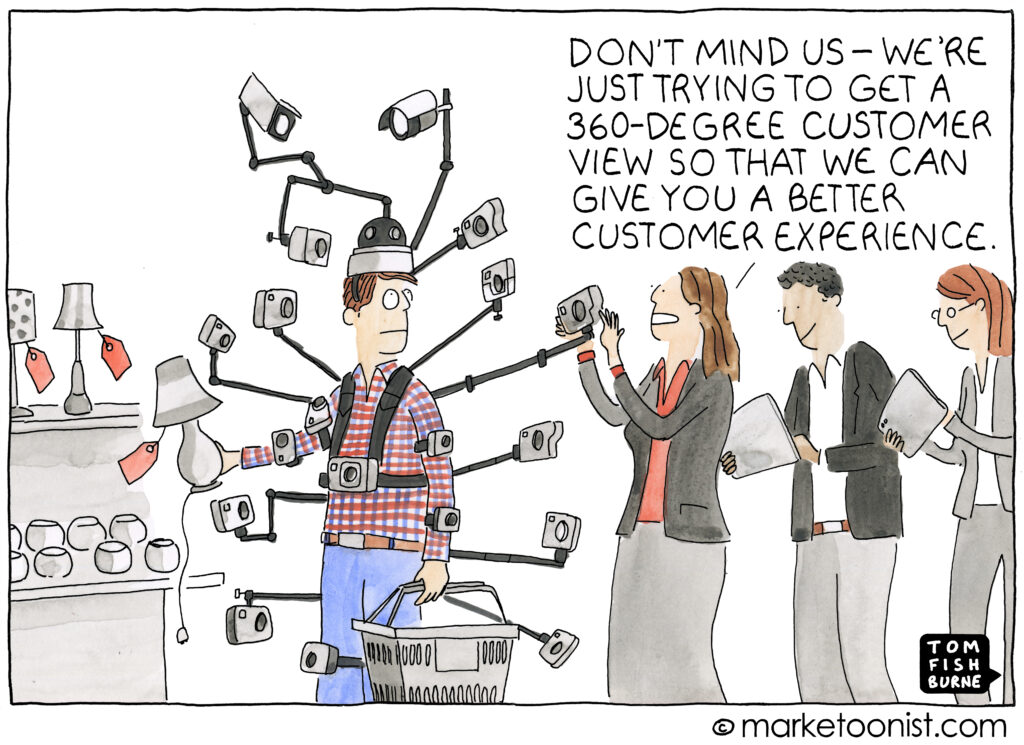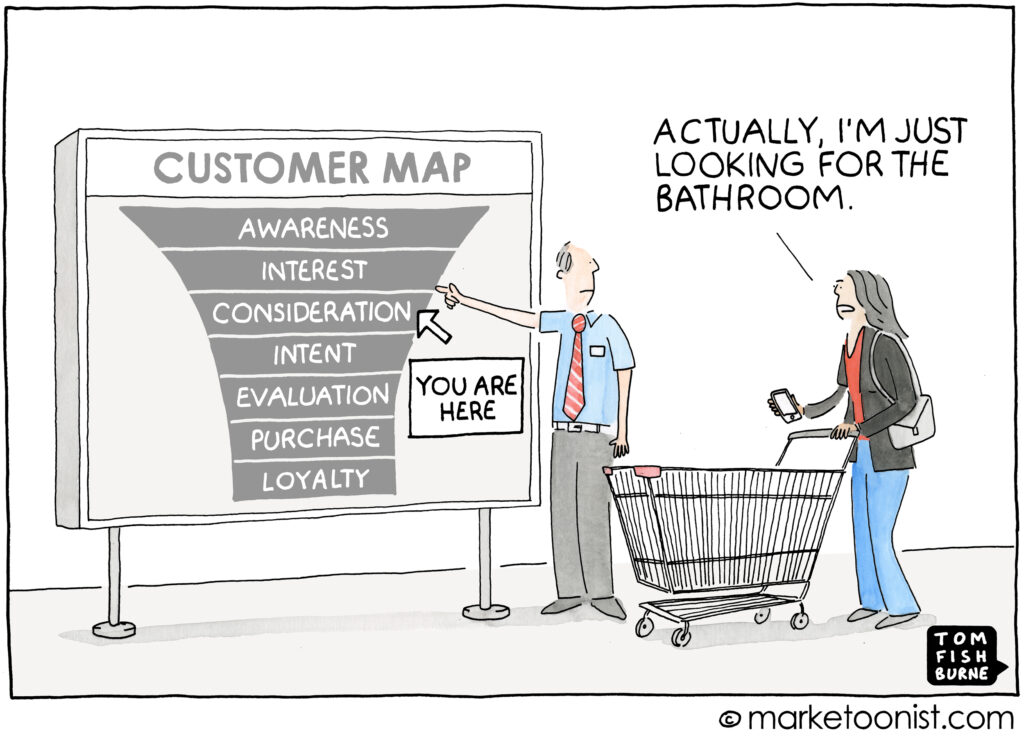Creating a good customer experience requires a 360-view of your customer’s journey through the buying process to ensure that every stage of their journey is positive and reflects well on your business. The best way to achieve this 360-view is by creating a data-driven customer journey map. To learn more about the importance of customer experience, check out our recent piece on what customer experience is and why it matters.

From giving insights into common customer pain points to defining what prospective customers need to complete a purchase, creating a customer journey map helps a business improve its overall customer experience. A journey map may consist of one or many diagrams depending on the details of your business. Customer journey maps are visual representations of every experience your customers have with your business, and without them, it’s hard to have a clear picture of the experience your business provides to its customers. The insights from a good customer journey map benefit all business departments. For example, they can provide sales representatives with information about how best to interact with potential customers and let managers know which communication outlets customers prefer.
Customer journey maps also help identify gaps in your customers’ experience. Gaps can be between devices (when users move from phone to laptop, etc.), between departments (may frustrate customers), or between channels (when a customer moves between social media and a company website). By identifying these gaps, you can mend them and improve your customers’ experience.

There are five common stages of a customer journey map:
- Awareness: when a potential customer begins researching a product or service either directly (for example, on a company website) or indirectly (through word of mouth or advertising) to solve a problem or need.
- Consideration: when a potential customer compares products or services for purchase.
- Purchase: when a potential customer decides to purchase a product or a service from a brand or organization.
- Retention: successful brands/organizations continue to market and engage with customers via marketing emails, educational content, loyalty programs, product updates, etc.
- Advocacy: if a brand/organization delivers a positive customer experience, the customer may advocate for the company and its products or services to others.
Each stage includes various touchpoints: places customers interact with your brand. Touchpoints include your products or services, two-way interactions such as in-person or on the phone, messages like branding or packaging, and settings which includes places your product is seen, which companies often have little control over.
By visually showing the stages of a customer’s journey and mapping the touchpoints along the way, you can clearly comprehend your customer experience with your business and take steps to improve it, allowing for more growth and happier customers.
